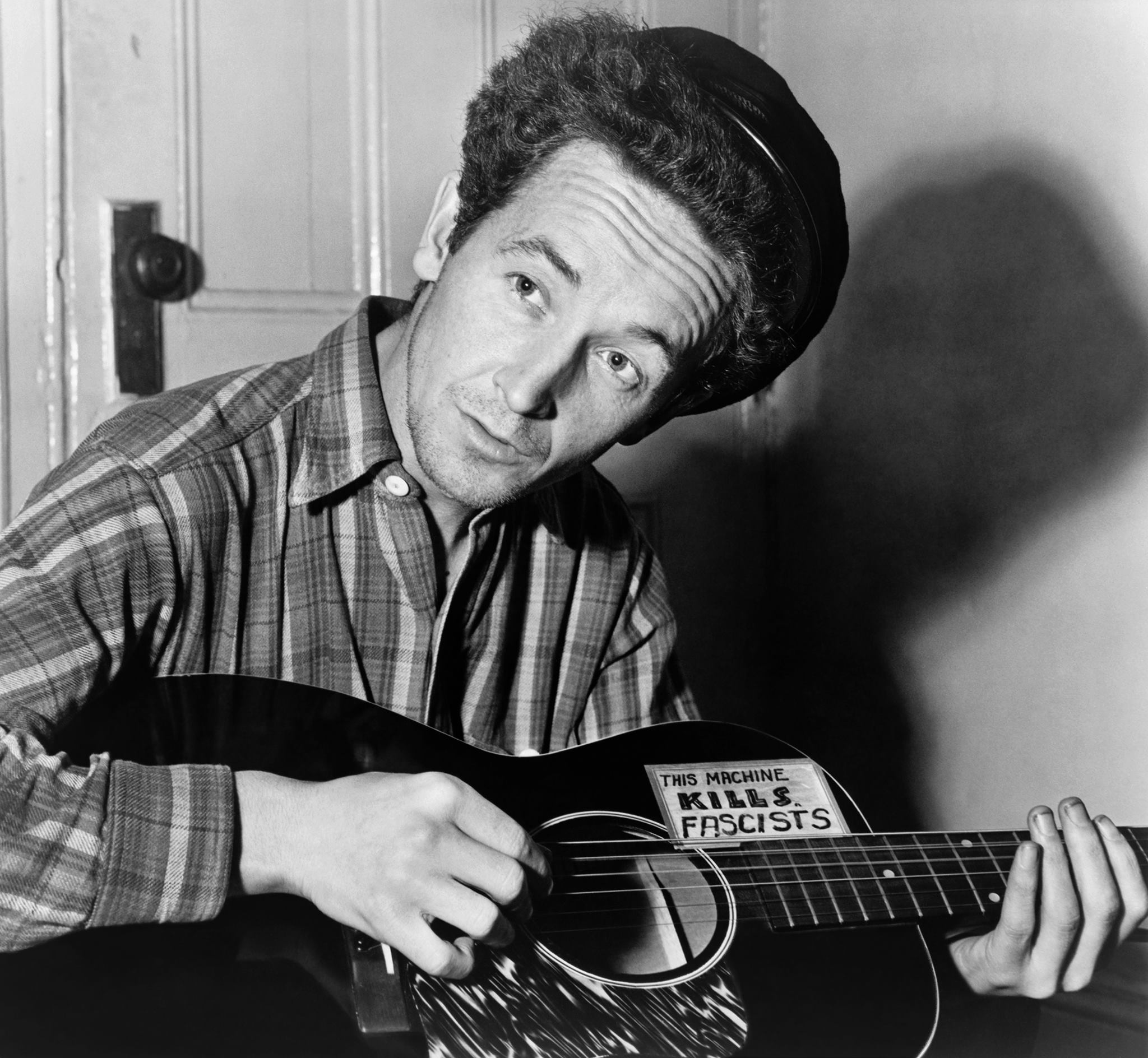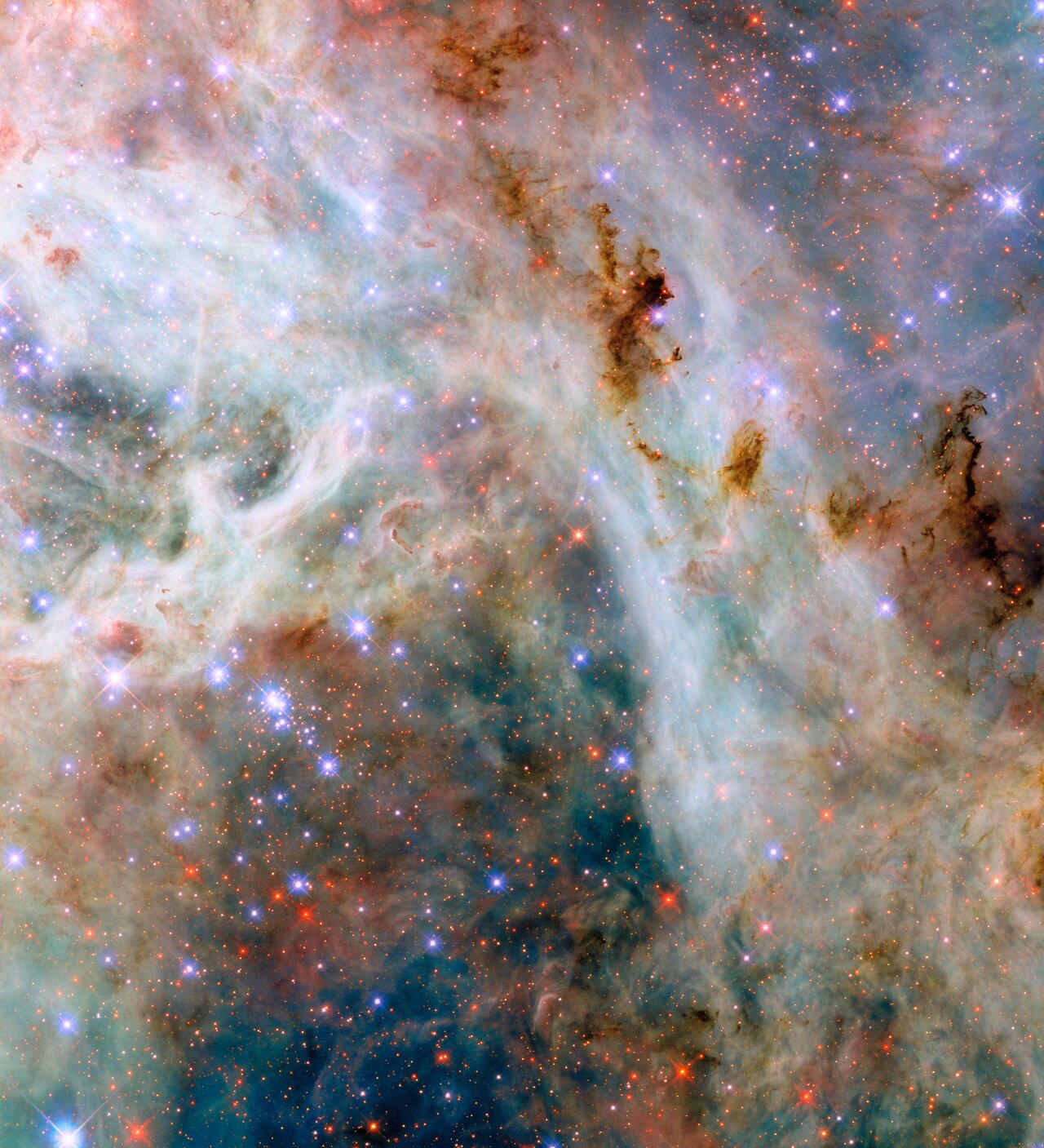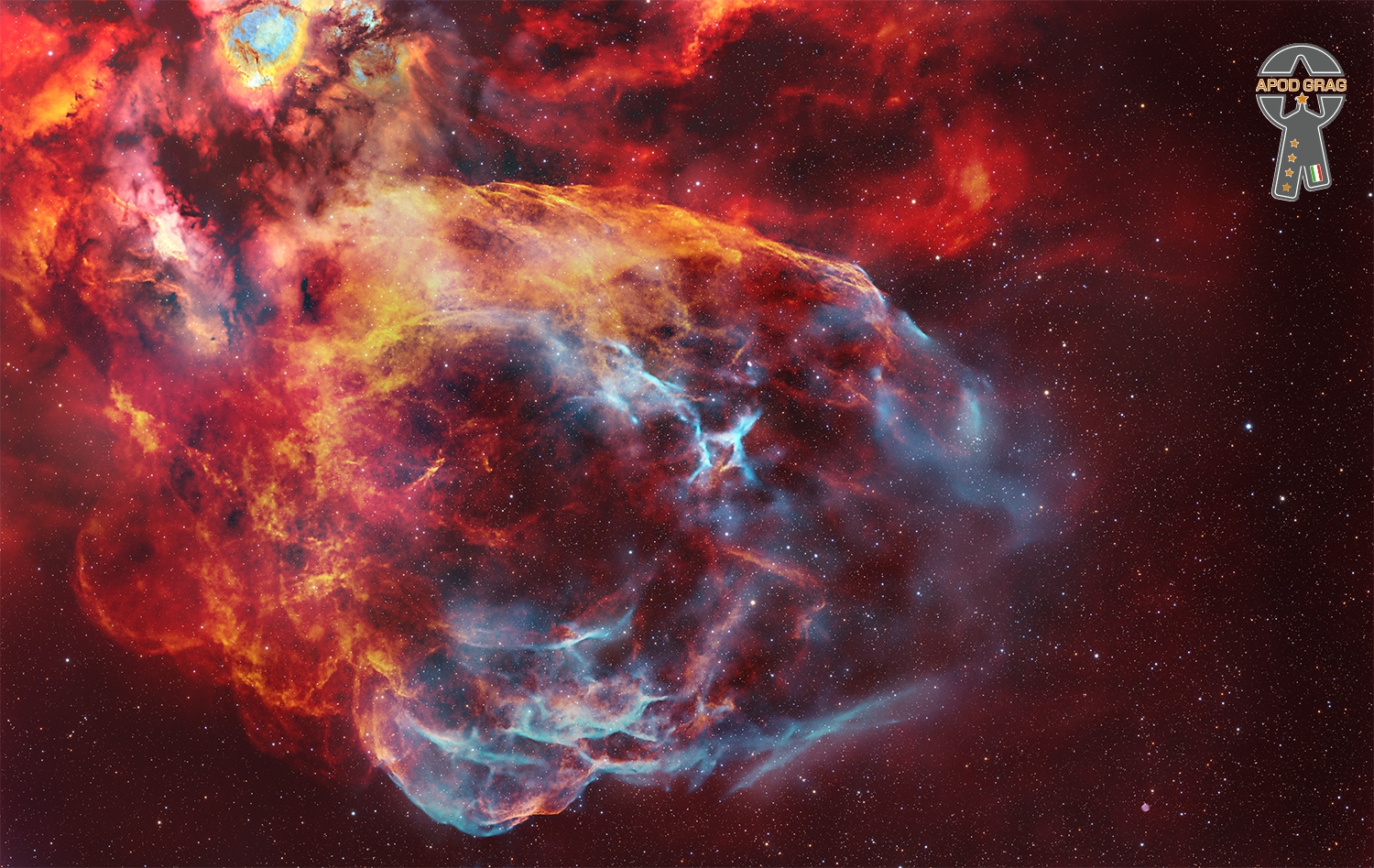Blog

Walter “Baby Sweets” Perkins (February 10, 1932 in Chicago, Illinois – February 14, 2004 in Queens, New York) was an American jazz drummer.
Starting out in Chicago, Perkins began his professional career with Ahmad Jamal in 1956–57. He recorded for Argo Records in 1957 as a leader under the name MJT+3 with Paul Serrano on trumpet, Nicky Hill on tenor sax, Muhal Richard Abrams on piano, and Bob Cranshaw on bass. In 1959, he regrouped under the same name with Willie Thomas on trumpet, Frank Strozier on alto sax, Harold Mabern on piano, and Cranshaw on bass; they recorded for Vee-Jay in 1959 and 1960 and played in Chicago until 1962, when he moved to New York City.
Perkins played with Sonny Rollins in 1962 and accompanied Carmen McRae in 1962–63. In 1964 he played with Art Farmer and Teddy Wilson. Following this he recorded with many musicians, including Rahsaan Roland Kirk, George Shearing, Gene Ammons, Charles Mingus, Billy Taylor, Booker Ervin, Jaki Byard, Lucky Thompson, Pat Martino, Sonny Stitt, Sonny Criss, and Charles Earland.
He died in Queens of lung cancer at the age of 72.
more...The Universe is a dusty place, as this NASA/ESA Hubble Space Telescope Picture of the Week shows. Featured in this image are swirling clouds of gas and dust near the Tarantula Nebula/30 Doradus in the Large Magellanic Cloud. About 160 000 light-years away in the constellations Dorado and Mensa, the Large Magellanic Cloud is one of the nearest galaxies to the Milky Way. The Tarantula Nebula is the most productive star-forming region in the nearby Universe, home to the most massive stars known.
The colourful gas clouds of this nebula are crossed by wispy tendrils and dark clumps of dust. This dust is different from ordinary household dust, which can be made of bits of soil, skin cells, hair and even plastic. Cosmic dust tends to be made of carbon or of molecules called silicates, which contain silicon and oxygen. The data used to create this image were collected as part of an observing programme that aims to characterise the properties of cosmic dust in the Large Magellanic Cloud and other nearby galaxies.
Dust plays several important roles in the Universe. Even though individual dust grains are incredibly tiny, far smaller than the width of a single human hair, dust grains in discs around young stars clump together to form larger grains and eventually planets. Dust also helps cool clouds of gas so that they can condense into new stars. Dust even plays a role in making new molecules in interstellar space, providing a venue for individual atoms to find each other and bond together in the vastness of space.
[Image Description: A portion of a nebula, made of variously-coloured layers of dust clouds. One upper layer is dark reddish dust which is dense and obscures light, in places so dense that it appears black. A middle layer is pale clouds that are thick like curling wisps of smoke. They form a broad bow across the centre of the image. Many small, bright stars lie throughout the nebula, coloured blue, purple or red depending on depth.]

Jerrald King Goldsmith (February 10, 1929 – July 21, 2004) was an American composer, conductor and orchestrator with a career in film and television scoring that spanned nearly 50 years and over 200 productions, between 1954 and 2003. He was considered one of film music’s most innovative and influential composers. He was nominated for eighteen Academy Awards (winning in 1977 for The Omen), six Grammy Awards, five Primetime Emmy Awards, nine Golden Globe Awards, and four British Academy Film Awards.
He composed scores for five films in the Star Trek franchise and three in the Rambofranchise, as well as for films including Logan’s Run, Planet of the Apes, Tora! Tora! Tora!, Patton, Papillon, Chinatown, The Omen, Alien, Poltergeist, The Secret of NIMH, Medicine Man, Gremlins, Hoosiers, Total Recall, Basic Instinct, Air Force One, L.A. Confidential, Mulan, and The Mummy. He also composed the current fanfare for the Universal Pictures logo, which debuted in The Lost World: Jurassic Park.
He frequently collaborated with directors including Paul Verhoeven, Franklin J. Schaffner, Richard Fleischer, Fred Schepisi, Michael Crichton, Jack Smight, Gordon Douglas, J. Lee Thompson, Paul Wendkos, John Frankenheimer, and Joe Dante.
more...Rufus Reid (born February 10, 1944, in Atlanta, Georgia) is an American jazz bassist, educator, and composer.
Reid was raised in Sacramento, California, where he played the trumpet through junior high and high school. Upon graduation from Sacramento High School, he entered the United States Air Force as a trumpet player. During that period, he began to be seriously interested in the double bass.
After fulfilling his duties in the military, Rufus had decided he wanted to pursue a career as a professional bassist. He moved to Seattle, Washington, where he studied bass with James Harnett of the Seattle Symphony. He continued his education at Northwestern University in Evanston, Illinois, where he studied with Warren Benfield and principal bassist, Joseph Guastefeste, both of the Chicago Symphony. He graduated in 1971 with a Bachelor of Music Degree as a Performance Major on the Double Bass.
Rufus Reid’s major professional career began in Chicago and continues since 1976 in New York City. Playing with hundreds of the world’s greatest musicians, he is famously the bassist that saxophonist Dexter Gordon chose when he returned to the states from his decade-long exile in Denmark. His colleagues include Thad Jones, Nancy Wilson, Eddie Harris, and Bob Berg.
more...Emmanuel N’Djoké “Manu” Dibango (12 December 1933 – 24 March 2020) was a Cameroonian musician and songwriter who played saxophone and vibraphone. He developed a musical style fusing jazz, funk, and traditional Cameroonian music. His father was a member of the Yabassi ethnic group, while his mother was a Duala. He was best known for his 1972 single “Soul Makossa“. The song has been referred to as the most sampled African song in addition Dibango, himself, as the most sampled African musician in history. He died from COVID-19 on 24 March 2020.
more...William Henry “Chick” Webb (February 10, 1905 – June 16, 1939) was an American jazz and swing music drummer and band leader. Webb was born in Baltimore, Maryland, to William H. and Marie Webb. The year of his birth is disputed. The Encyclopædia Britannica and Allmusic indicate 1905, and this seems to be supported by census information. Other publications claim other years. During Webb’s lifetime, a December 1937 DownBeat magazine article, “The Rise of a Crippled Genius”, stated he was born in 1909, which is the year that appears on his grave marker. In 1939, The New York Times stated that Webb was born in 1907 the year also suggested in Rhythm on Record by Hilton Schleman.
Webb was one of four children; the other three were sisters (Bessie, Mabel, and Ethel). His sister Mabel married Wilbur Porter around 1928. When an infant, Webb fell down some stairsteps in his family’s home, crushing several vertebrae and requiring surgery, from which he never regained full mobility. The injury progressed to tuberculosis of the spine, leaving him with short stature and a badly deformed spine which caused him to appear hunchbacked. The idea of playing an instrument was suggested by his doctor to “loosen up” his bones. He supported himself as a newspaper boy to save enough money to buy drums, and first played professionally at age 11.
Webb died from Pott disease on June 16, 1939, in Baltimore.
more...John Leroy “Johnny” Heartsman (February 9, 1936 – December 27, 1996 Houston, TX) was an American electric blues and soul blues musician and songwriter. He showed musical diversity, playing a number of musical instruments, including the electronic organ and flute. He contributed his distinctive guitar playing to a number of recordings made in the San Francisco Bay Area in the 1950s and 1960s. He continued playing until his death.
His best-known recording, “Johnny’s House Party”, was an R&B hit in 1957. Other notable tracks recorded by Heartsman are “Paint My Mailbox Blue” and “Heartburn”. He variously worked with Jimmy McCracklin, Sugar Pie DeSanto, Big Mama Thornton, Ray Agee, Jimmy Wilson, Johnny Fuller, Al King, Tiny Powell and Joe Simon.
more...For some this area is known, and for others not.
We located this HB3 supernova remnant in the Cassiopeia constellation, right where Ic1705 the fish nebula and Ic1805 the heart nebula are.
This supernova is one of the largest in our galaxy with 1.5ºx2º, it originated about 40,000 years ago.
In the image we can very faintly see 2 planetary nebulae. PN G132.8+02.0 and
PK131+02.1 or more commonly known as Abell 3. 2100ly

Carole King Klein (born Carol Joan Klein; February 9, 1942) is an American singer-songwriter and musician. One of the most successful songwriters in American history, she wrote or co-wrote 118 pop hits appearing on the Billboard Hot 100 over the latter half of the 20th century. King also wrote 61 hits that charted in the UK, making her the most successful female songwriter on the UK singles charts between 1962 and 2005.
King’s major success began in the 1960s when she and her first husband, Gerry Goffin, wrote more than two dozen chart hits, many of which have become standards, for numerous artists. She has continued writing for other artists since then. King’s success as a performer in her own right did not come until the 1970s, when she sang her own songs, accompanying herself on the piano, in a series of albums and concerts. After experiencing commercial disappointment with her debut album Writer, King scored her breakthrough with the album Tapestry, which topped the U.S. album chart for 15 weeks in 1971 and remained on the charts for more than six years.
King has made 25 solo albums, the most successful being Tapestry, which held the record for most weeks at No. 1 by a female artist for more than 20 years. Her record sales were estimated at more than 75 million copies worldwide. She has won four Grammy Awards and was inducted into the Songwriters Hall of Fame. She has been inducted twice into the Rock and Roll Hall of Fame as a performer and songwriter.She is the recipient of the 2013 Library of Congress Gershwin Prize for Popular Song, the first woman to be so honored. She is also a 2015 Kennedy Center Honoree.
more...Maria do Carmo Miranda da Cunha GCIH, OMC (9 February 1909 – 5 August 1955), known professionally as Carmen Miranda , was a Portuguese-born Brazilian singer, dancer, and actress. Nicknamed “The Brazilian Bombshell”, she was known for her signature fruit hat outfit that she wore in her American films.
As a young woman, Miranda designed clothes and hats in a boutique before making her debut as a singer, recording with composer Josué de Barros in 1929. Miranda’s 1930 recording of “Taí (Pra Você Gostar de Mim)”, written by Joubert de Carvalho, catapulted her to stardom in Brazil as the foremost interpreter of samba.
During the 1930s, Miranda performed on Brazilian radio and appeared in five Brazilian chanchadas, films celebrating Brazilian music, dance and the country’s carnival culture. Hello, Hello Brazil! and Hello, Hello, Carnival! embodied the spirit of these early Miranda films. The 1939 musical Banana da Terra (directed by Ruy Costa) gave the world her “Baiana” image, inspired by Afro-Brazilians from the north-eastern state of Bahia.
In 1939, Broadway producer Lee Shubert offered Miranda an eight-week contract to perform in The Streets of Paris after seeing her at Cassino da Urca in Rio de Janeiro.The following year she made her first Hollywood film, Down Argentine Way with Don Ameche and Betty Grable, and her exotic clothing and Brazilian Portuguese accent became her trademark. That year, she was voted the third-most-popular personality in the United States; she and her group, Bando da Lua, were invited to sing and dance for President Franklin D. Roosevelt. In 1943, Miranda starred in Busby Berkeley‘s The Gang’s All Here, which featured musical numbers with the fruit hats that became her trademark. By 1945, she was the highest-paid woman in the United States.
Miranda made 14 Hollywood films between 1940 and 1953. Although she was hailed as a talented performer, her popularity waned by the end of World War II. Miranda came to resent the stereotypical “Brazilian Bombshell” image she had cultivated and attempted to free herself of it with limited success. She focused on nightclub appearances and became a fixture on television variety shows. Despite being stereotyped, Miranda’s performances popularized Brazilian music and increased public awareness of Latin culture. In 1941, she was the first Latin American star to be invited to leave her hand and footprints in the courtyard of Grauman’s Chinese Theatre and was the first South American honored with a star on the Hollywood Walk of Fame. Miranda is considered the precursor of Brazil’s 1960s Tropicalismo cultural movement. A museum was built in Rio de Janeiro in her honor and she was the subject of the documentary Carmen Miranda: Bananas Is My Business (1995).
more...Walter Sylvester Page (February 9, 1900 – December 20, 1957 Gallitin, MO) was an American jazzmulti-instrumentalist and bandleader, best known for his groundbreaking work as a double bass player with Walter Page’s Blue Devils and the Count Basie Orchestra.
more...Edward Ray Sharpe (born February 8, 1938) is an American singer, guitarist, and songwriter. His best-known single was “Linda Lu”. Sharpe was described by one record producer as “the greatest white-sounding black dude ever”.
Born in Fort Worth, Texas, Sharpe grew up influenced by country as well as bluesmusic. He learned guitar, influenced by Chuck Berry records, and in 1956 formed his own trio, Ray Sharpe and the Blues Whalers, with Raydell Reese (piano) and Cornelius Bell (drums), and they became popular playing rock and roll in Fort Worth clubs. His recording career started in Phoenix, Arizona in April 1958, when Lee Hazlewoodproduced his single, “That’s the Way I Feel” / “Oh, My Baby’s Gone”.
more...Floyd Dixon (February 8, 1929 – July 26, 2006) was an American rhythm-and-bluespianist and singer.
Dixon was born in Marshall, Texas. Some sources give his birth name as Jay Riggins Jr., although Dixon himself stated that Floyd Dixon was his real name and that his parents were Velma and Ford Dixon. Growing up, he was influenced by blues, gospel, jazz and country music. His family moved to Los Angeles, California, in 1942. There Dixon met Charles Brown, who had an influence on his music.
The self-dubbed “Mr. Magnificent”, Dixon signed a recording contract with Modern Records in 1949, specializing in jump blues and sexualized songs like “Red Cherries”, “Wine Wine Wine”, “Too Much Jelly Roll” and “Baby Let’s Go Down to the Woods”. Both “Dallas Blues” and “Mississippi Blues”, credited to the Floyd Dixon Trio, reached the Billboard R&B chart in 1949, as did “Sad Journey Blues”, issued by Peacock Records in 1950.
more...Little Shop of Horrors second performance, tonight Saturday February 8th 2025 7pm, by Theatre 55 at the Gremlin Theater in St Paul. Running February 7th thru 22nd. Music by Shirley Mier, Lyra Olson, Jamie Carter & mick Bambula. With vocalists Patty Lacy and Van Nixon.
more...More Posts
- World Music with Obo Addy
- Daily Roots with Bob Marley
- The Cosmos with Fleming 1
- Ernest Ranglin Day
- Billy Drummond Day
- World Music with Lela Tataraidze
- Daily Roots with the Skatalites
- The Cosmos with NGC 6872 & IC 4970
- Paul McCartney Day
- William Hooker Day
- Rudy Rutherford Day
- World Fusion with Manika Kaur
- Daily Roots with the Congos
- Happy Fathers Day 2018
- The Cosmos with RCW 108
- Chuck Rainey Day
- Sing Miller Day
- World Music with Corvus Corax
- Daily Roots with ITSJAHMIEL
- The Cosmos with NGC 3372
